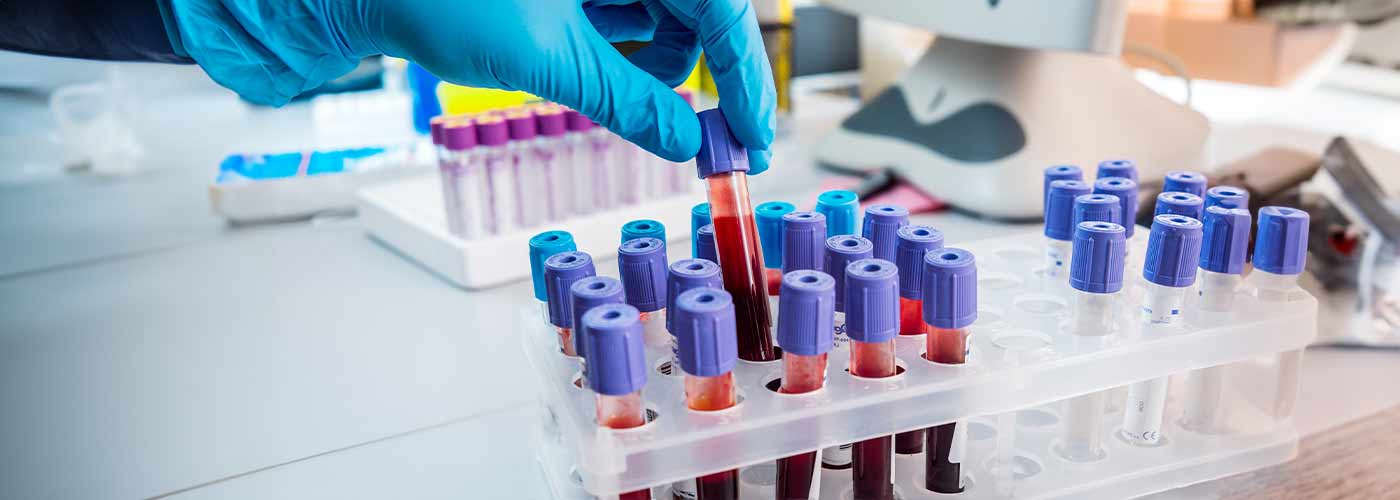Sexually transmitted diseases (STDs) continue to be a significant public health concern worldwide. With millions of new cases reported each year, STDs affect individuals of all ages, genders, and sexual orientations. These infections not only pose immediate threats to the physical and mental well-being of those affected but can also lead to long-term complications if left untreated. This article explores the commonality of STDs and potential consequences on both individual and community levels.
Most Common STD in US

One of the most common STDs is chlamydia. With an estimated 2.8 million cases reported annually, chlamydia has become a major health burden across all age groups and genders. This is why routine STD testing is crucial.
Chlamydia is caused by the bacterium Chlamydia trachomatis and primarily spreads through sexual contact – vaginal, anal, or oral intercourse with an infected person. The concerning aspect of this infection lies in its often asymptomatic nature.
Many individuals infected with chlamydia do not experience any noticeable symptoms, which makes it difficult to detect and control the spread of the infection. This asymptomatic nature of chlamydia is particularly concerning because it allows the disease to silently thrive within communities, leading to long-term complications and further transmission.
When symptoms do occur, they can vary between men and women. In women, common symptoms may include abnormal vaginal discharge, painful urination, lower abdominal pain, and bleeding between periods.
For men with chlamydia, they can expect anything from a mild burning sensation during urination to swelling and tenderness in the testicles. Additionally, both men and women may experience rectal pain or discharge if they engage in anal intercourse.
It is important to note that even when symptoms are absent, individuals infected with chlamydia can still transmit the infection to their sexual partners. This is why regular STD testing is important.
How Often Should You Get Tested For STDs?

It is recommended to get tested at least once a year if you are sexually active with multiple partners or engage in high-risk behaviors such as unprotected sex. This regular testing helps to ensure early detection and treatment of any potential infections.
However, it’s important to note that certain factors can influence how often you should get tested. For instance, if you’ve recently started a new sexual relationship or have had unprotected sex with someone whose sexual history is unknown, it is advisable to undergo testing immediately.
Additionally, if you experience any symptoms such as unusual discharge, pain during urination, or genital sores, getting tested promptly is crucial. Visit an urgent care clinic for STD testing.
Another factor influencing the frequency of STD testing is the type of sexual activities you engage in. If you engage in high-risk sexual activities such as having multiple partners, participating in group sex, or using intravenous drugs, it is recommended to get tested more frequently. These activities increase the chances of exposure to sexually transmitted infections (STIs) and therefore warrant regular testing.
Do Normal Blood Tests Show STDs?

When it comes to sexually transmitted diseases (STDs), many individuals wonder if a routine blood test can detect these infections. However, the answer is not as straightforward as one might hope. While some STDs can indeed be detected through a regular blood test, this is not the case for all types of infections.
Certain STDs, such as HIV and syphilis, can be diagnosed through a routine blood test. These tests look for specific antibodies or antigens in the bloodstream that indicate the presence of these infections. In fact, early detection of these diseases can be crucial for effective treatment and prevention of further transmission.
On the other hand, several common STDs like chlamydia and gonorrhea cannot be identified through a normal blood test alone. These bacterial infections typically require specific tests involving urine samples or swabs from areas where symptoms are present, such as the genitals or throat.
It is important to note that these STDs can be tested for in a blood test. However, it needs to examined for it when inspecting the blood panel. Not all blood panels are the same so it’s best to speak with your medical doctor regarding this.
How Soon After Unprotected Sex Can I Test For STDs?

It is generally recommended to wait at least two weeks before getting tested. This waiting period allows the body enough time to produce detectable levels of antibodies or antigens related to different STDs.
It’s worth noting that some infections have longer incubation periods than others. For instance, HIV can take up to three months before showing up in a test accurately. On the other hand, certain common STDs like chlamydia and gonorrhea can typically be detected within one week of exposure.
It is important to remember that testing immediately after unprotected sex may not provide accurate results, as it takes time for the body to develop detectable levels of infection markers. Waiting at least two weeks allows for a more reliable test outcome.
However, if you experience any symptoms or are concerned about potential exposure to STDs, it is recommended to seek medical advice and medical services as soon as possible.
